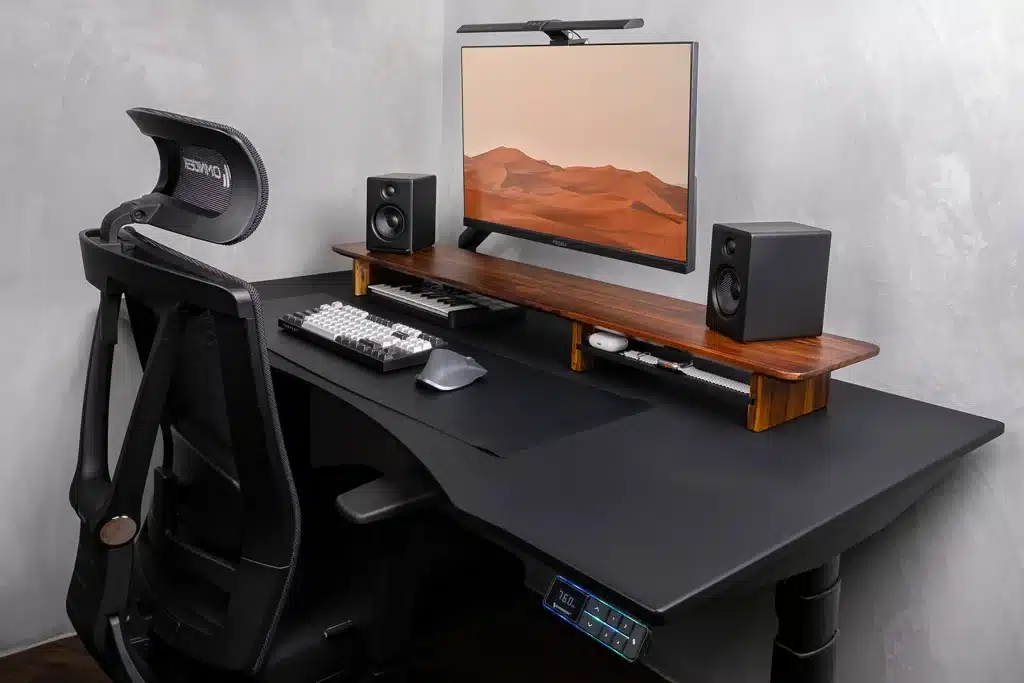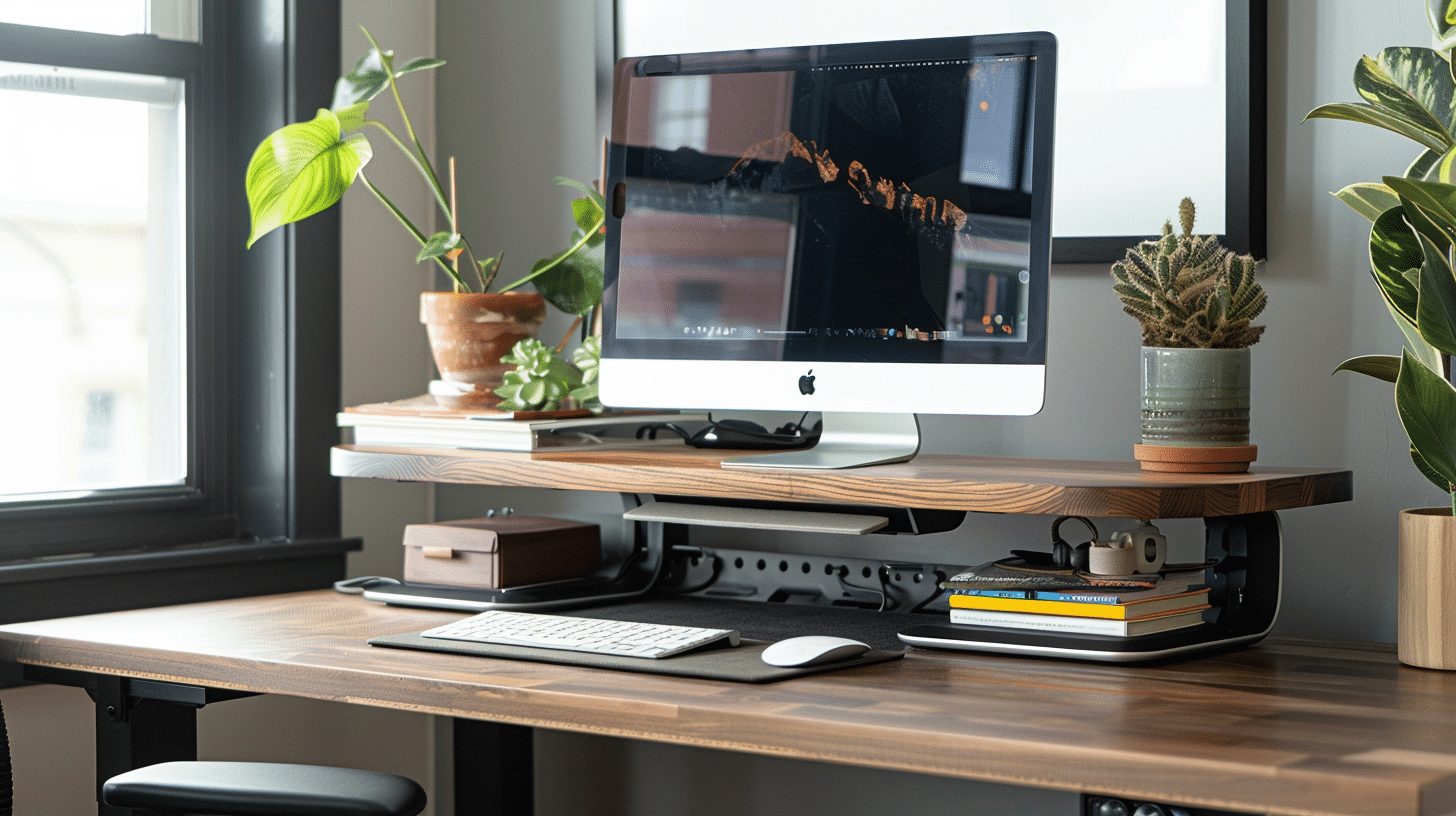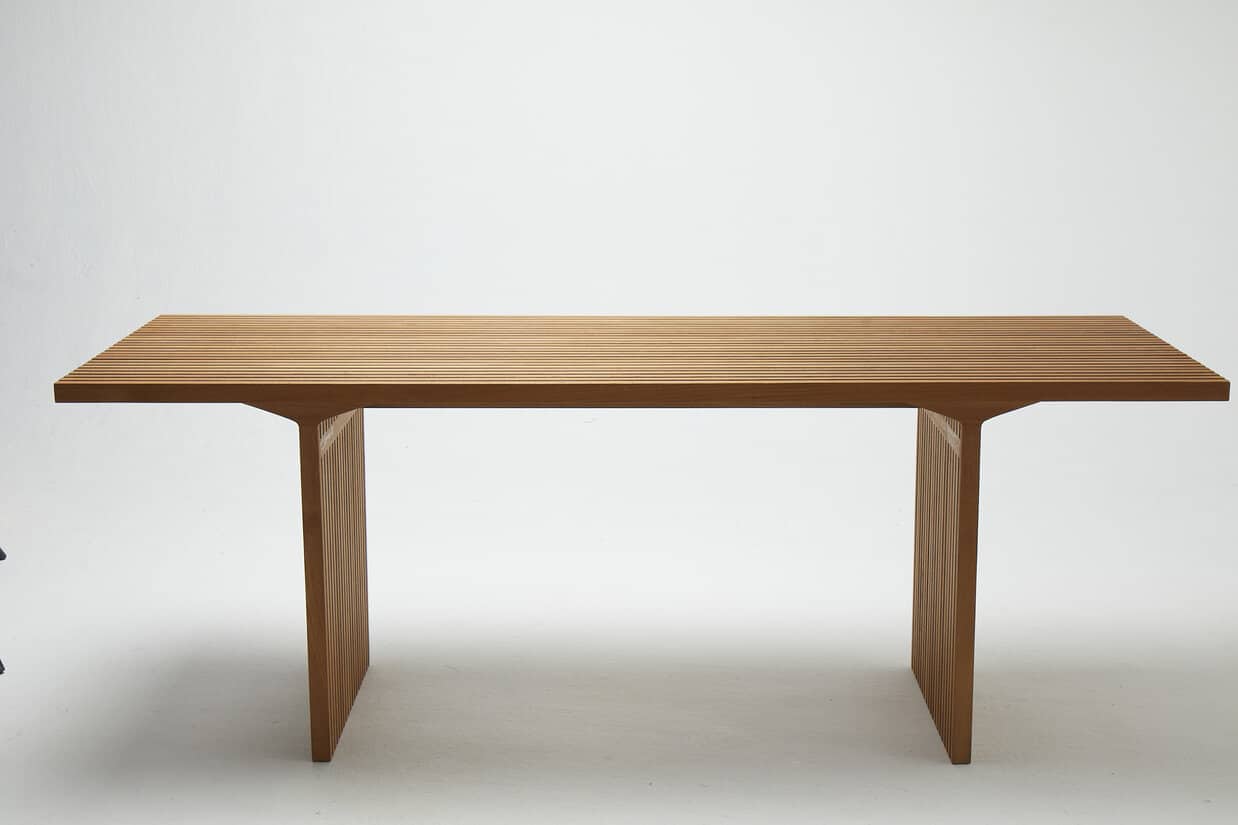Transform Your Workstation with a Desk Riser: Tips and Tricks
In today’s fast-paced work environment, maintaining an ergonomic workspace is essential for productivity and well-being. A desk riser is an excellent tool that can transform your workstation by allowing you to alternate between sitting and standing positions.
This flexibility can help reduce the risks associated with prolonged sitting, such as back pain and poor posture. In this blog, we will explore how to effectively use a desk riser and provide tips and tricks to optimize your workstation for maximum comfort and efficiency.
Benefits of Using a Desk Riser

Before diving into tips and tricks, it’s important to understand the benefits of incorporating a desk riser into your workspace:
- Improved Posture: Desk risers allow you to adjust the height of your workstation, promoting better posture by ensuring that your monitor is at eye level and your keyboard and mouse are at a comfortable height.
- Increased Activity: Alternating between sitting and standing can increase your activity level, reducing the risks associated with sedentary behavior, such as cardiovascular disease and obesity.
- Enhanced Focus and Productivity: Standing desks have been shown to improve focus and productivity by reducing discomfort and increasing energy levels.
- Reduced Back Pain: Standing periodically can help alleviate back pain caused by prolonged sitting, promoting a healthier spine.
Choosing the Right Desk Riser
Selecting the right desk riser is crucial for optimizing your workspace. Here are some factors to consider:
- Size and Fit: Ensure that the desk riser fits your existing desk and provides enough space for your monitor, keyboard, and mouse. Measure your desk area and choose a riser that matches these dimensions.
- Adjustability: Look for a desk riser with adjustable height settings. This allows you to customize the height to your specific needs, whether you’re sitting or standing.
- Weight Capacity: Check the weight capacity of the desk riser to ensure it can support your monitor and other equipment. Overloading the riser can compromise its stability and functionality.
- Ease of Use: Choose a desk riser that is easy to adjust, preferably with a smooth lifting mechanism. This will make transitioning between sitting and standing positions effortless.
Setting Up Your Desk Riser

Once you’ve chosen the right desk riser, setting it up correctly is essential for maximizing its benefits. Follow these steps for an optimal setup:
- Position the Desk Riser: Place the desk riser on your existing desk, ensuring it is stable and secure. Make sure it doesn’t wobble or move when you adjust its height.
- Adjust Monitor Height: Set your monitor at eye level to reduce strain on your neck and eyes. Your eyes should be level with the top third of the screen when you are seated or standing.
- Keyboard and Mouse Placement: Position your keyboard and mouse at a height where your elbows are at a 90-degree angle when typing. This helps prevent wrist strain and promotes a comfortable typing posture.
- Cable Management: Organize your cables to prevent clutter and ensure they do not get in the way when adjusting the height of the desk riser. Use cable ties or clips to keep everything tidy.
Tips and Tricks for Using a Desk Riser
To get the most out of your desk riser, consider these tips and tricks:
- Alternate Between Sitting and Standing: Aim to alternate between sitting and standing throughout the day. Start with short standing periods and gradually increase the duration as you become more comfortable.
- Use an Anti-Fatigue Mat: If you stand for extended periods, consider using an anti-fatigue mat to reduce pressure on your feet and legs. This can help prevent discomfort and fatigue.
- Maintain Good Posture: Whether sitting or standing, maintain good posture. Keep your back straight, shoulders relaxed, and avoid leaning forward or slouching.
- Take Breaks: Incorporate regular breaks into your routine. Use this time to stretch, walk around, and give your body a rest from both sitting and standing.
- Stay Hydrated: Keep a water bottle at your desk and stay hydrated. Proper hydration can improve your energy levels and focus throughout the day.
- Personalize Your Workspace: Personalize your desk riser setup with accessories such as a document holder, phone stand, or desk organizer. This can enhance your efficiency and create a more enjoyable workspace.
- Listen to Your Body: Pay attention to how your body feels throughout the day. If you experience discomfort or pain, adjust your setup or take a break to prevent strain and injury.
Conclusion
Transforming your workstation with a desk riser can significantly enhance your work environment, promoting better posture, increased activity, and overall well-being. By choosing the right desk riser and setting it up correctly, you can enjoy the numerous benefits of an ergonomic workspace.
Remember to alternate between sitting and standing, maintain good posture, and listen to your body’s needs. With these tips and tricks, you’ll be well on your way to a healthier, more productive workday.







